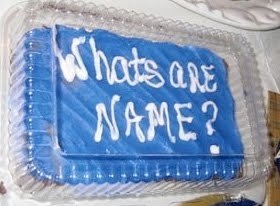evil spell.
Once a sub-editor, always a sub-editor. That’s how I started out in magazines and newspapers many years ago, and it’s a discipline that’s stayed with me. Between you and me, sometimes I wish it hadn’t. Even the on most compelling page of narrative, it’s become almost second nature to scour for typos – and the scary thing is – more often than not – I find them. Whodunnit? I don't know, I was too busy getting out the red pen.
Professionally, the ability to spot errors is a blessing. Personally, it’s perhaps something of a curse. But without meaning to come over all Lynne Truss, spelling mistakes really irk me. I don’t mean the odd slip of the keyboard. We all do that. But real howlers like something being ‘highly sort after’, or ‘blacks and graze’. Spectacular gaffes that leave the poor helpless spell check for dust. (both are real examples from shopping sites).English, we all know, is a difficult beast. The written word often seems to bear little relation to the spoken one. You can see why every so often pressure groups press for spelling reform to make things simpler and more logical. But to counter that argument, it’s also an incredibly rich and vibrant language, full of light and shade, of heritage and personality. Remove its foibles and eccentricities and you remove its character. Straighten the kinks and the road is far less interesting. You can’t have it both ways.Many of the graphic designers I work with are less than comfortable with words. Which is perhaps surprising, as they deal with them all the time. That puts the onus right back on the writer to make sure everything’s tickety-boo. You could argue that’s not really our job – we’re here to come up with verbal ideas and tell stories. But someone’s got to take responsibility, otherwise you end up with the kind of disasters you’ll find on one of my favourite sites – ‘Cake Wrecks’ (see above). It’s an issue I explore at greater length in my latest Design Week column. In the meantime, be careful how you order those letters.
